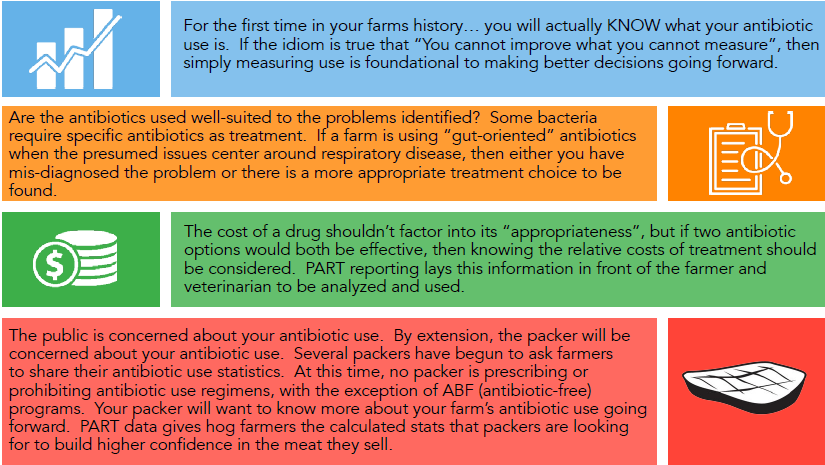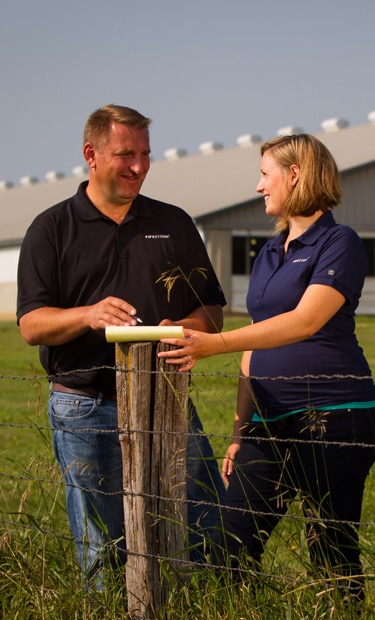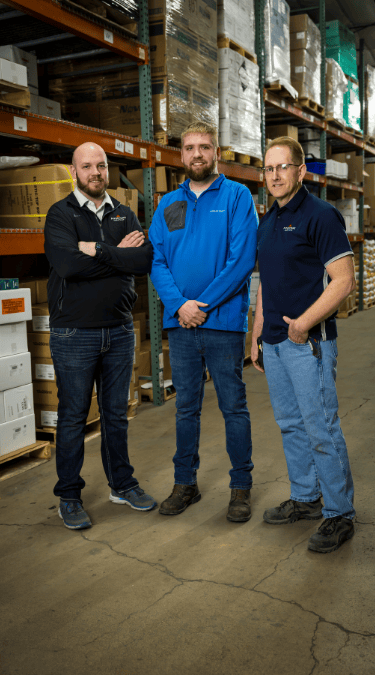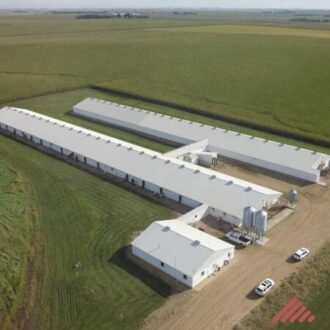I am old enough now to have seen a significant arc of attitude regarding antibiotic use. Our attitude. Public attitude. Government attitude. At one time, antibiotic use would have been a very quick decision for me or my clients. Problem?… Solution! But the landscape is different today, and for several valid reasons. If we are to maintain our trajectory for becoming the farms of tomorrow, our attitudes and actions must be ready to navigate this new terrain.
Antibiotic resistance existed long before the discovery of penicillin in 1928. In the constant and eternal microscopic tug-of-war, genes for antibiotic resistance have been around as long as bacteria have been around. As this balancing act plays out, the more pressure you put on bacteria, the more they deploy defensive measures. So, what is the right way to apply this “pressure” to achieve good results and maintain our tools’ usefulness, as well as satisfying our customers’ concerns?
Differences in Antibiotic Use
From a 1,000 foot viewpoint, it is apparent that some producers use more antibiotics than others. What accounts for this difference? Firstly and most significantly, some pigs are sicker than others and antibiotic use is vital to improving those animals’ health and well-being. Additionally, our habits can be hard to break. There are many times when we reach for an antibiotic solution when none is needed, because that is what we’ve always done. This is just human nature and requires self-awareness to overcome. But focusing on the first reason, we should consider why some pigs are sicker than others.
Some pigs may have had a rough start or carry disease baggage with them at weaning. If the sow unit is chronically affected by PRRS, SIV, Mycoplasma, A. suis, Strep suis, GPS (formerly H parasuis), E coli, Salmonella or other pathogens, then your pigs will inherit these. Others have also spoken more extensively on the importance of having a “clean” pig source. Suffice it to say that along with an older wean age (24 days vs. 20 days), can make all the difference in the world. I would consider weaned pig health to be the single most important determinant of performance and antibiotic use. If you have a viral endemic pig source, you need to determine how to get out.
Even a good pig can go bad if the care and environment are not adequate or they encounter new pathogens as they grow. Dangerous neighborhoods, with lots of other pigs and poor biosecurity generally mean a growing pig will stumble through life spending a fair bit of energy recovering from illness. And farmers usually increase their antibiotic use as a result.
Besides rough origins, disease pressure and poor environment, immunity (or lack thereof) can play a significant role in antibiotic use. There is a bit of a trade-off here. Illeitis vaccination should result in less antibiotic to treat diarrhea. Mycoplasma vaccine should reduce the need for antibiotics to treat pneumonia. It’s not a perfect inverse relationship, but it definitely factors into antibiotic use. In those cases, we should be focused on prevention (vaccine) instead of treatment (antibiotics).
Importance of Managing Antibiotic Use
These factors explain the “why” of antibiotic use, but tell us nothing about making better decisions in our treatment plans. PIPESTONE recognized the growing importance of managing antibiotic use several years ago and developed PART, the Pipestone Antibiotic Resistance Tracker. This information can be useful to farmers (and veterinarians) in a few ways.

FDA Antibiotic Categories
All antibiotics are not the same, and they aren’t classified the same either. The FDA’s published list categorizes antibiotics as Critically Important, Highly Important or Not Important and some antibiotics are not even on their list. These categories are based on the importance of these antibiotics to treating human illnesses. The guidance has been, and continues to be that farmers and their veterinarians should use drugs with a lower classification as first option to protect the effectiveness for humans. For example, when treating Strep suis, both Excede and Pen-G would generally be effective. However, Excede is classified as “Critically Important” while Pen-G is classified as “Highly Important”. All other things being equal… use Pen-G. If you’re treating Illeitis, there are many effective options. Currently, Tylan is classified as “Critically Important” while Denagard is “Not Important”. Both work well for Illeitis. Following the algorithm, you’d go with Denagard. Factoring in at the edges, is clinical experience. Sometimes, drugs that should work just don’t. In those cases, your veterinarian should be giving you guidance on effective alternative treatment options.
As referred to earlier, packers are increasingly interested in your antibiotic use. This includes the classifications of antibiotics you use. Beyond simply reporting grams per pig, PART reports out the grams of each antibiotic as well as each FDA category.
Times have changed. We’re used to being incentivized for lower backfat. You hear the ask for Duroc-sired pigs and group-housed sows; and soon, pigs from farms where antibiotic use is planned, reviewed, appropriate and well-documented. A new health paradigm is emerging, where we’re looking for the pig that does more with less (including less antibiotics). To succeed, we will all need to be better students, better planners and better critical-thinkers. Even a stubborn old guy like me realizes this journey will make us better.











